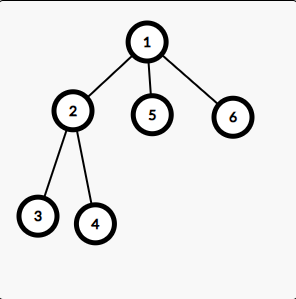I've been taking a long break from CP... in fact I never thought I'd return.
But, one day, something incredible happened.
I was talking to some people. Just, regular, normal conversation. And then, swept up by the moment, I decided to make a meme. After releasing a creative, witty meme that perfectly fitted the situation, I felt like something was wrong. While the others laughed, I only felt more empty.
Like I was missing something. Like my meme was missing something. I thought "would Xellos approve of this meme?"
And then I felt a deep void, a deep rip in my heart, because I was missing something all along.
In a desperate effort to get rid of this feeling of loneliness, of absolute terror, I came up with another joke... but the joke involved bitset. The randoms in front of me would not understand it. They couldn't. They might never.
So I clawed my skin in agony, vaguely aware of the thing that was missing in my life. I was sweating buckets and grasping my abdomen in anticipation of the waves of anguish and adrenaline causing through my body.
Suddenly, I stood up, left the room. The randoms in front of me tried to stop me, to keep me in a prison of words. But I could no longer see them. They didn't exist. I told them, "you don't even exist!"
And then I ran to my bike, rode it through the streets. The bike broke so I got into a car and drove as far a I could. When the car hit a tree, I ran until my feet were bleeding and I finally arrived at my familiar abode.
Slamming the door, throwing off my bloodied shoes, and running into my room, I opened my computer.
And then, slowly, carefully, with utmost concern for the sanctity of the folding metal contraption emitting polarized light through the means of a liquid crystal display, I typed in the browser "https://codeforces.com"













